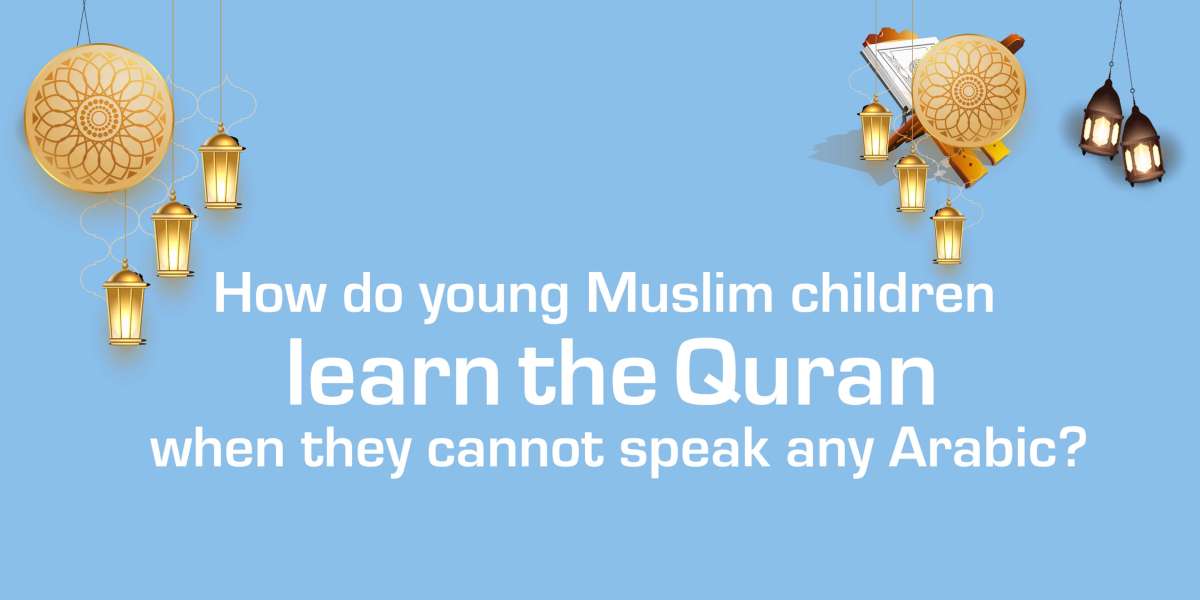For many young Muslim children who don't speak Arabic, learning the Quran might seem challenging at first. However, with structured and engaging methods, they gradually learn to recognize, read, and even understand the divine words. Here’s how their journey typically unfolds:
1. Starting with Noorani Qaida (or Similar Primers)
The first step is Noorani Qaida, a beginner’s guide that introduces Arabic letters, pronunciation (Tajweed), and basic words. Children start by practicing Makharij (the correct articulation of letters) and phonetics before moving on to forming words and short sentences. This phase lays a strong foundation for reading the Quran fluently.
2. Learning Through Phonetic Memorization
Since Arabic is not their native language, children often begin by memorizing short Surahs (chapters) and duas through repetition. Teachers make this easier by using listening and recitation techniques, ensuring correct pronunciation and fluency.
3. Tajweed – The Art of Proper Recitation
As children progress, they are introduced to Tajweed rules to refine their recitation. This includes learning about:
✅ Elongation (Madd) – Stretching certain sounds appropriately.
✅ Pauses (Waqf) – Knowing when to stop and continue smoothly.
✅ Emphasis (Shaddah) – Strengthening specific letters for clarity.
Mastering Tajweed makes recitation more beautiful and spiritually uplifting.
4. Listening to Expert Reciters
One of the most effective ways children improve their recitation is by listening to skilled Qaris. Parents and teachers often encourage them to mimic the recitation style of renowned Qaris, helping with fluency and confidence.
5. Word-for-Word Learning Approach
To bridge the gap between memorization and understanding, some teachers use a word-by-word translation method. This helps children associate meanings with Arabic words, making it easier to grasp the message of the Quran over time.
6. Memorization (Hifz) Through Repetition
Even without knowing Arabic, many children begin Hifz (memorizing the Quran) at a young age. Their strong auditory memory allows them to retain verses through constant repetition and revision. A well-structured Hifz program ensures they don’t just memorize but also recite with accuracy.
7. Understanding Islam in Their Native Language
Since young learners may not fully understand Arabic, Islamic teachings are often introduced in their native language. Parents and teachers explain:
? Stories of the Prophets to make learning engaging.
? The importance of prayers and Islamic values in a relatable way.
? Common Quranic verses with simple meanings to help them connect with the text.
8. Making Learning Fun with Interactive Methods
With modern technology, online academies and teachers use engaging methods such as:
? Visual aids and charts to reinforce Arabic recognition.
? Educational apps that make learning interactive.
? Islamic games that turn lessons into fun activities.
By combining traditional and modern techniques, children not only learn how to recite the Quran but also develop a lifelong love for it.
If you’re looking for a structured and engaging way for your child to learn the Quran, Dai-e-Quran Academy offers expert online classes for young learners. With personalized teaching, qualified tutors, and interactive methods, we ensure a meaningful Quran learning journey for children across the UK, USA, Canada, and beyond.
Visit: https://www.daiequran.com/ to get started today!







